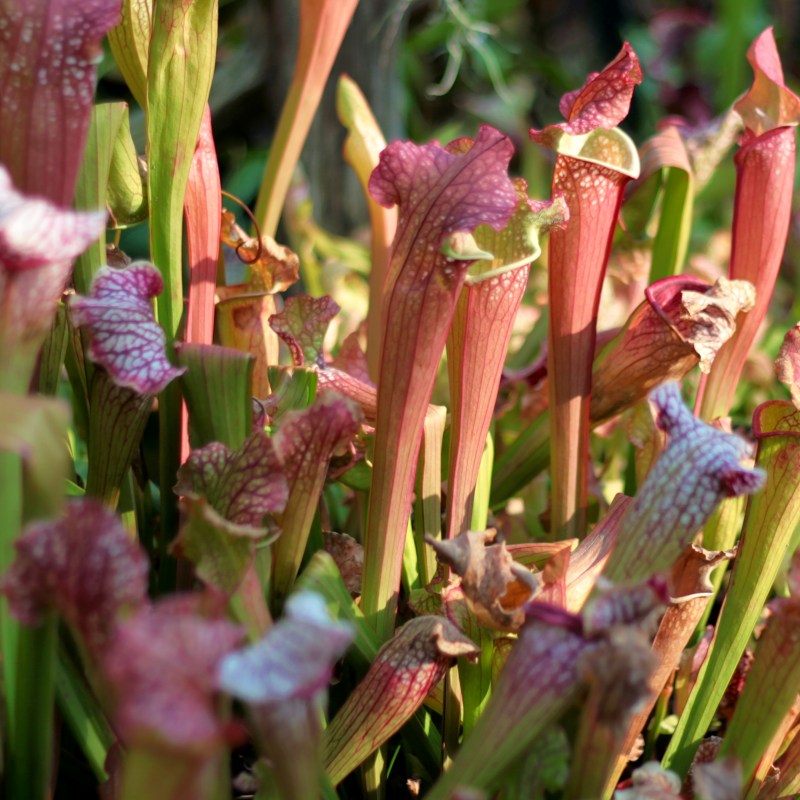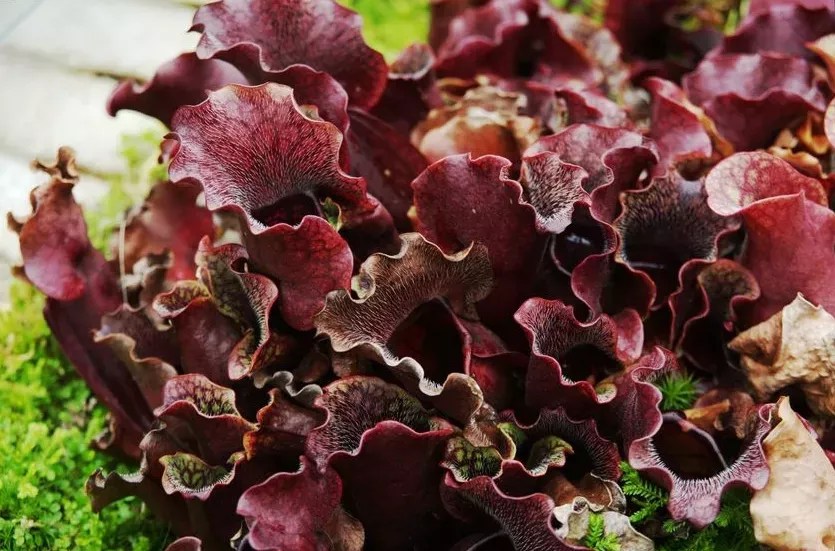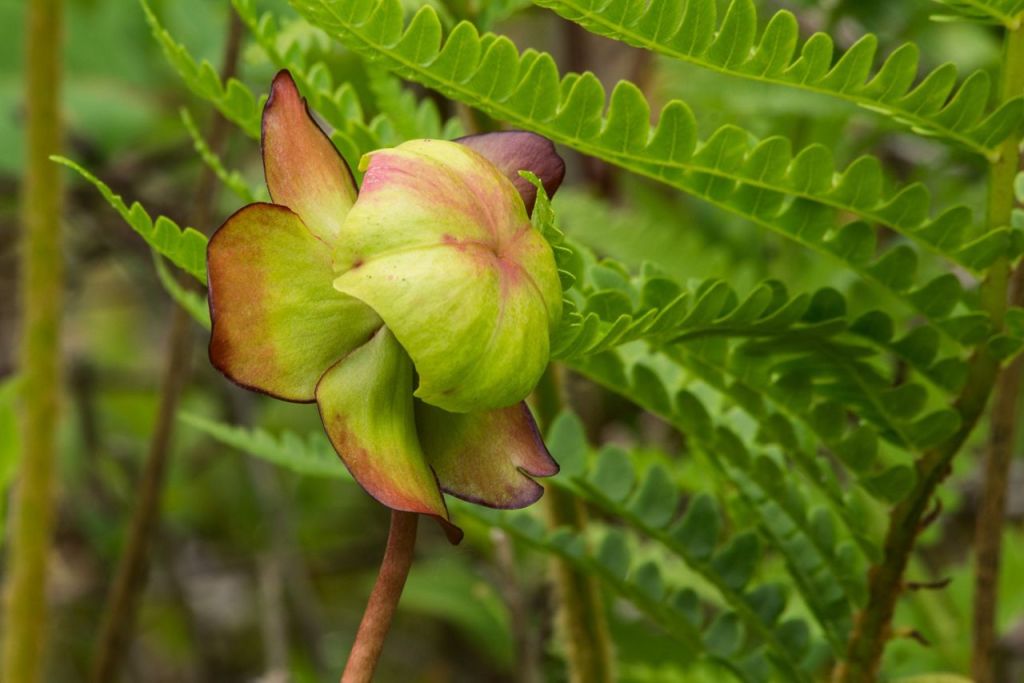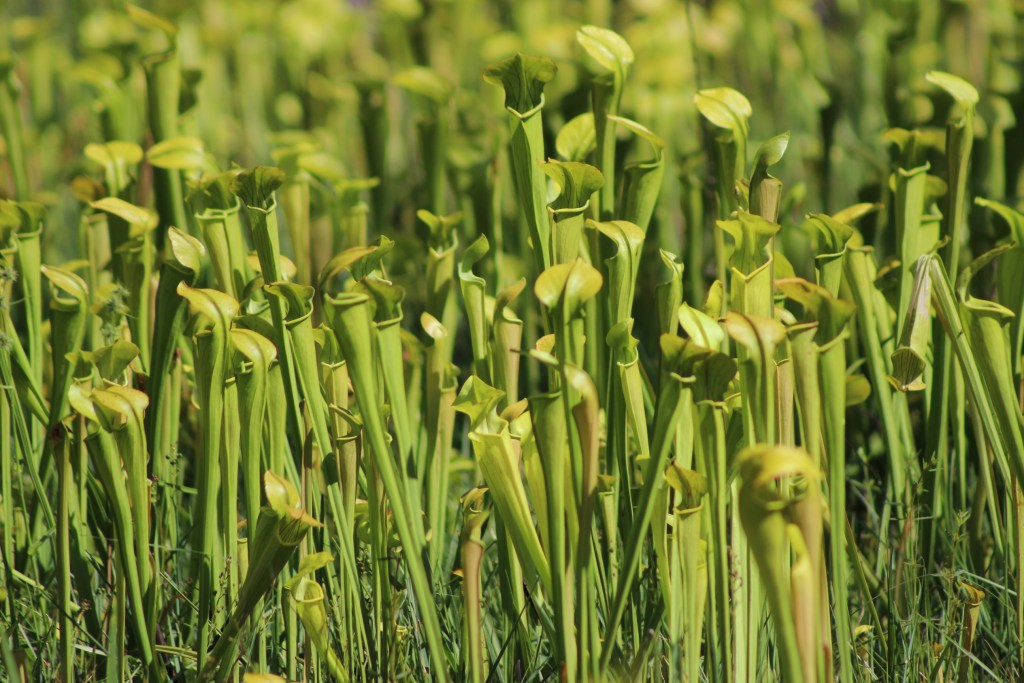
When you imagine a carnivorous plant, what comes to mind?
Videos by TravelAwaits
Most people see the dainty but intimidating jaws of the Venus flytrap. This well-known plant comes in bright green shades and has a red mouth-like clamp, which it uses to attract flies before chomping down.
In the realm of exotic plants, the Venus flytrap is one of the most recognizable in the world.
That being said, the Venus flytrap isn’t nearly as foreign as we imagine. In fact, it’s not foreign at all—
The Venus flytrap is American as hell, originating in the swamps and bogs in South and North Carolina. To top off that surprising news, here’s another one: the Venus flytrap isn’t the US’s only indigenous carnivorous plant.
The US is home to a handful of small but hungry carnivorous plants. Though the Venus flytrap is the most famous, it’s joined by the cobra lilies of the West Coast and the purple pitcher plants found along the East Coast and further inland toward the Great Lakes.
Aside from Venus flytraps and cobra lilies, you can also find smaller, lesser-known carnivorous plants like sundews, bladderworts, and butterworts.
Ready to come face to face with the US’s tiniest predators? Here’s where to find them across six states.
Venus flytraps in Carolina Beach State Park (SC) & Green Swamp (NC)

Not only are Venus flytraps not exotic, but they’re actually easy to reach. Less than twenty miles from Wilmington, South Carolina, is Carolina Beach State Park.
There, you can find a designated Flytrap Trail that takes you through the swampy park and showcases the types of diverse habitats that Venus flytraps love. You can also see purple pitcher plants in this park, which we’ll cover below.
In North Carolina, you can also head to Green Swamp Preserve to catch a glimpse of wild Venus flytraps. The Green Swamp is a private preserve that’s owned by The Nature Conservancy and is the domain of around 75% of the world’s total Venus flytrap population. (It’s also home to some of North America’s most stunning orchids and more of those gorgeous pitcher plants!)
Here’s the part where I remind you to treat these little insect-hunters well. They’re populations are very small and are threatened by habitat loss and poaching.
Cobra lilies in Florence, Oregon (Darlingtonia Botanical Wayside)

Many parts of the US are home to pitcher plants. These carnivorous plants have pitcher-like structures that fill with liquid, which is used to lure in and digest unsuspecting insects. Cobra lilies are a variation of pitcher plants, named after their snake-like shape.
Uniquely, cobra lilies are only found in the wild in small parts of Northern California and Southern Oregon. The easiest way to see these bad boys is at Darlingtonia Botanical Wayside in Darlington, Oregon. The gardens have a whole plot of gorgeous cobra lilies for you to closely observe.
Purple pitcher plants (aka turtle socks) in Acadia National Park (MA)

Cobra lilies are the fussiest pitcher plants, preferring the dry climate of Northern California and Southern Oregon. However, the most common type that you’ll see around the US are purple pitcher plants (also called turtle socks) and trump pitchers (below).
You can see purple pitcher plants in Acadia National Park wherever there are bogs and wetlands. The Sundew Trail at Schoodic Peninsula is a hot spot, along with Witch Hole Pond.
But know that purple pitcher plants are found around huge swaths of North America, including almost all of Canada’s southern provinces. So long as you’re new a swamp, bog, fen, or wetland, you could see one of these purple plants noshing on an unsuspecting fly.
Trumpet pitchers in Brown’s Lake Bog (OH)

Similar to Green Swamp, Brown’s Lake Bog is another private holding from The Nature Conservancy. They use the natural area for research purposes, helping learn more about trumpet pitchers and other carnivorous plants. You can take a tour to see dozens of unique trumpet pitchers, some of which have leopard-like spotting.
See (almost) all of them in the Big Thicket (TX)

Want to knock out four of the five types of carnivorous plants in a single park visit? Head to Big Thicket in Texas, which is a national preserve. You can see a range of pitcher plants, and the lesser-known species like bladderworts, sundews, and butterworts.
There’s even a pitcher plant trail so you can learn about these amazing plants and spot them just off the pathway. Just don’t expect to see the most famous of the bunch; the Venus flytrap is only found in the wild on the East Coast.
